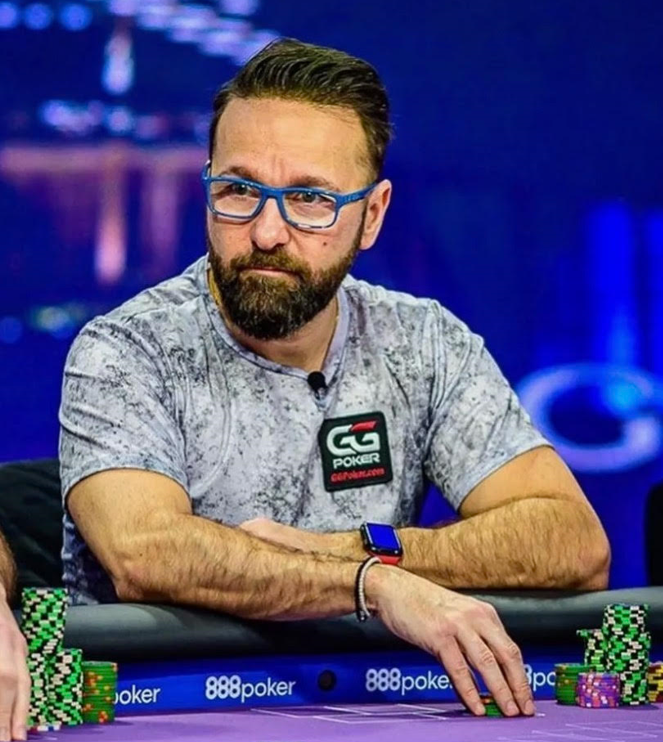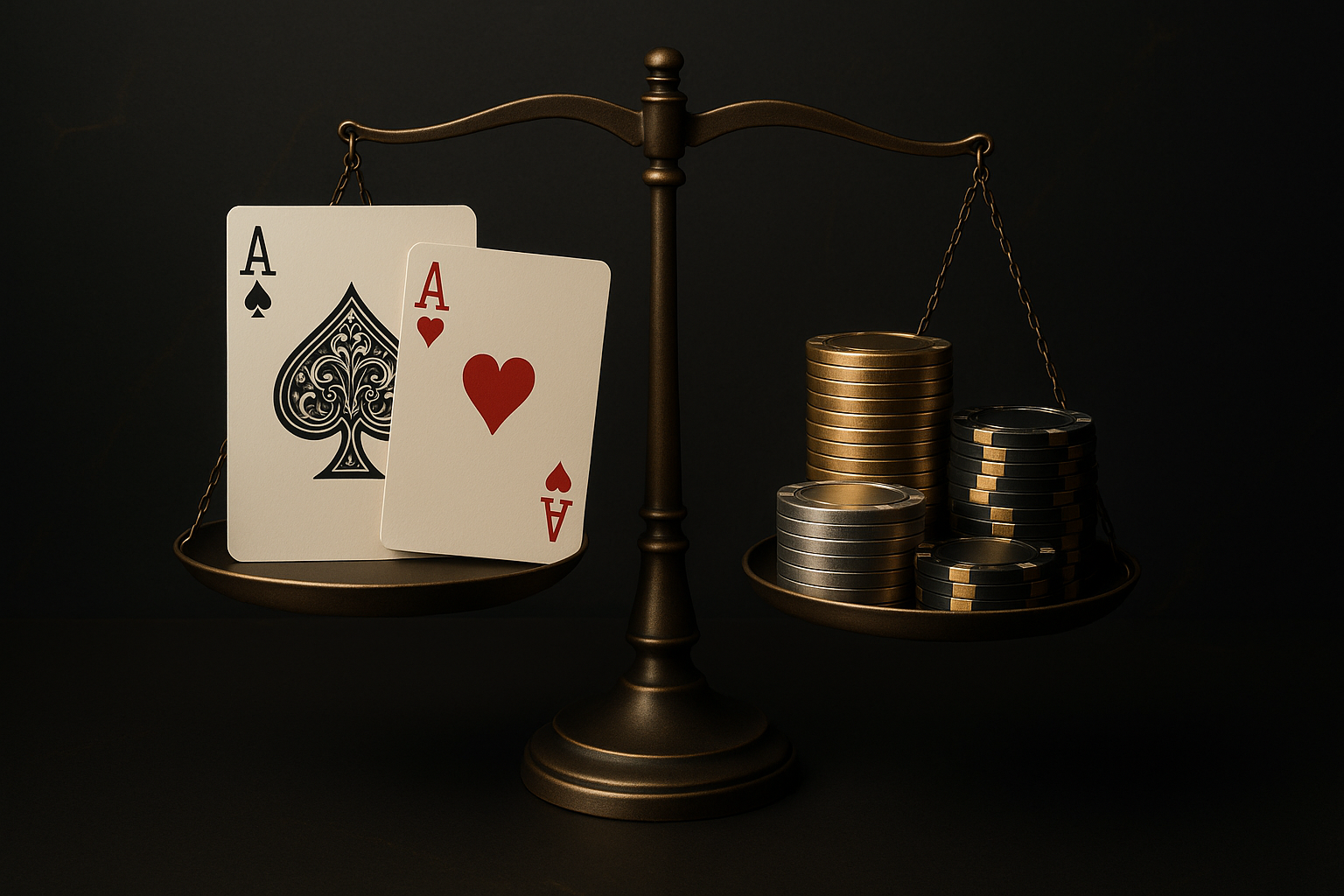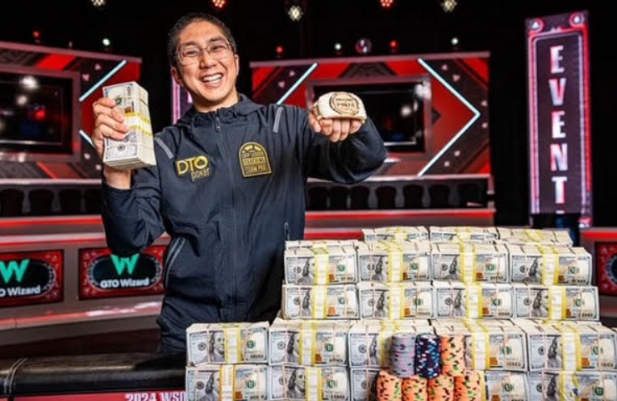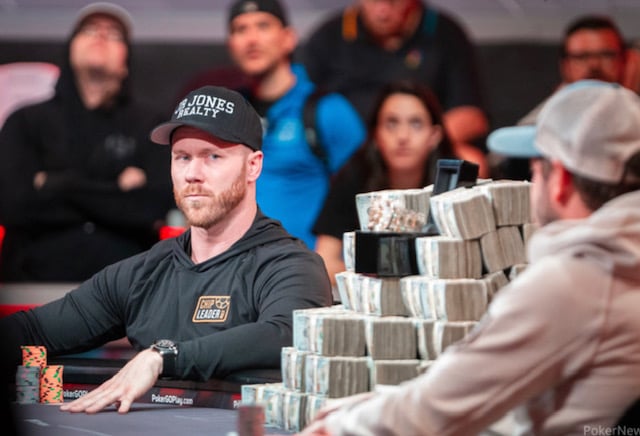
The belief that poker pros gain a tremendous edge by “firing many bullets,” or re-entering tournaments multiple times, is nuanced and not entirely accurate, especially when considering how it might influence them away from their “A” game and towards a more high-variance style of play.
Here’s why:
Shift from “A” Game to High Variance:
The fundamental principle behind the “A” game of any poker pro is rooted in consistent, skillful play that minimizes mistakes and maximizes long-term profitability or EV.
However, with the mindset of having multiple re-entry opportunities, a player might divert from this solid approach to adopt a more high-variance style, taking gambles they usually wouldn’t.
Using this approach, they are essentially just gambling in hope of building a big stack rather than playing their best, most theoretically sound and patient poker.
Compromised Decision Making:
Each bust-out brings with it an implicit urge to quickly rebuild a stack, leading to riskier plays. This can result in decisions driven by impatience or the desire to “make up” for lost ground, rather than decisions grounded in optimal strategy.
Stack Dynamics:
Frequent re-entries, especially in tournaments with escalating blinds or where the average stack size has grown, often put players in short-stack situations. Being short-stacked can force players into more desperate, high-variance strategies, pushing all-in more frequently and taking chances in marginal situations.
Financial Pressure:
With each subsequent re-entry, the financial investment grows. The pressure of having multiple buy-ins at stake can weigh on a player’s psyche, compelling them to chase a return on their investment and making it more tempting to gamble in hopes of a big payout.
Pros also make their money from poker and will more acutely feel the losses of multiple spent bullets than, say, a recreational player with a bigger bankroll that isn’t derived from poker.
This can lead even solid pros to going on tilt and making even worse decisions.
Shift in Perception:
Opponents may pick up on a pro’s shift towards a more aggressive, high-variance style if they’re firing multiple bullets. This change in perception can be exploited, as savvy players adjust to this more unpredictable style, potentially using it against the pro.
Physical and Mental Fatigue:
Tournament poker is mentally taxing. Continual re-entries, especially over extended periods, can lead to fatigue, reducing the player’s ability to make the best decisions. Fatigued players usually opt for a more straightforward, gamble-oriented approach rather than intricate, thoughtful plays.
Wrapping it up:
While the option to re-enter can offer poker professionals additional opportunities in a tournament, it doesn’t guarantee they’ll maintain their optimal level of play or give them an edge.









